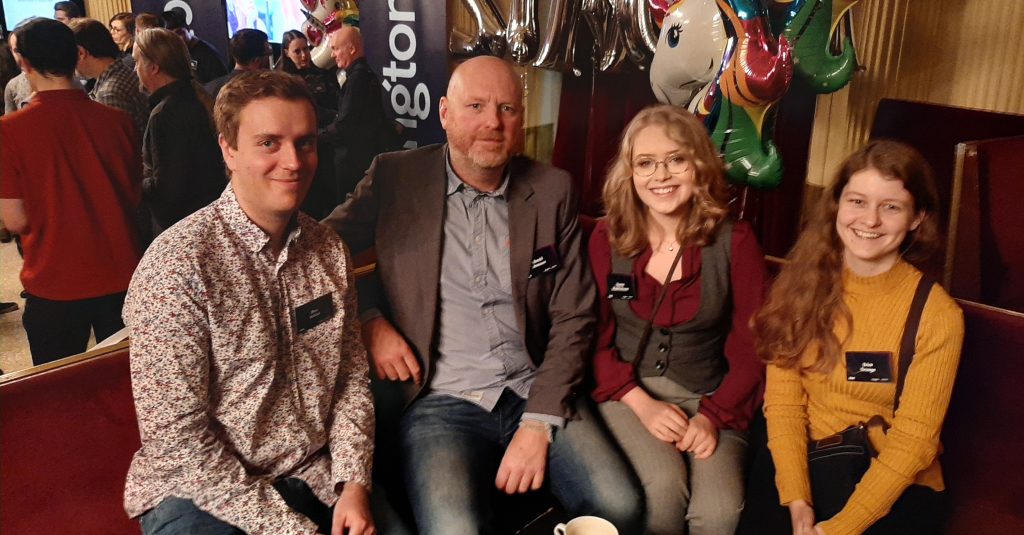Last Thursday, 14 November, the Sthlm Xperience Conference (SXC) was held at Operaterrassen. The UX conference was moderated by Caroline Ravn and organised by Zington. The conference had several inspirational speakers who shared tips, (magic) tricks and a glimpse into what the future holds.

Four UXers from Softronic took part: Max, David, Linnéa and Erica. In this post they collect their thoughts, trends and inspirations from the conference.
All of the participants thought that the most inspirational topic that was discussed was Intelligent Adaptive Interfaces (IAI). IAI is a combination of Machine Learning and UX, where interfaces are designed based on the user’s behavioural patterns, creating a personal user experience. As well as providing an enhanced and more effective user experience, it also offers the opportunity to design systems that work for people with different neurodiversities. One example of using IAI is a program called Slack, where the search field disappears from GUI if the user only uses shortcuts to carry out searches. There is no reason to keep it in the design if the user does not use this element.
The best tips that we as UXers took away with us were primarily:
Two approaches to adopt during user interviews:
- Seek knowledge, not approval. It is important to be open to criticism and take on board the opinions of the users; at the end of the day they are the target group.
- Say less, listen more. The way leading questions can cause problems and the way to avoid them in interviews and user tests. You do not always notice when a question has built-in assumptions. It is also difficult to find questions that are not based on assumptions, but are specific enough. For example, you can achieve this by balancing evaluative adjectives with their opposites, for example, “Did you think that the function was good or bad?”. Or avoid adjectives completely in a question. It is normally the uncomplicated questions that give you the most valuable answers, so it is important to really listen to the user you are interviewing.
How is CRO linked to UX and how can we as UXers work in a more data-driven way?
CRO (Conversion Rate Optimization) and UX go hand in hand – having a CRO approach and applying CRO methods to optimise your design so that it benefits both the user and the company. It is no longer enough to just use A/B tests.
Help the users understand what limitations a system has, not just what it can do.
The users will be more satisfied if they have the right expectations of a system. This was presented in the context of chatbots, but we think that it applies to UX in general.
To summarise, you could say that the most important thing is to listen to the customers. They are the users of your different services and by systematically and continually getting feedback through, for example, qualitative questionnaires, it makes it easier to get an understanding of the customers’ needs and match them to the company’s business goals.
Here are some photos from the day:




